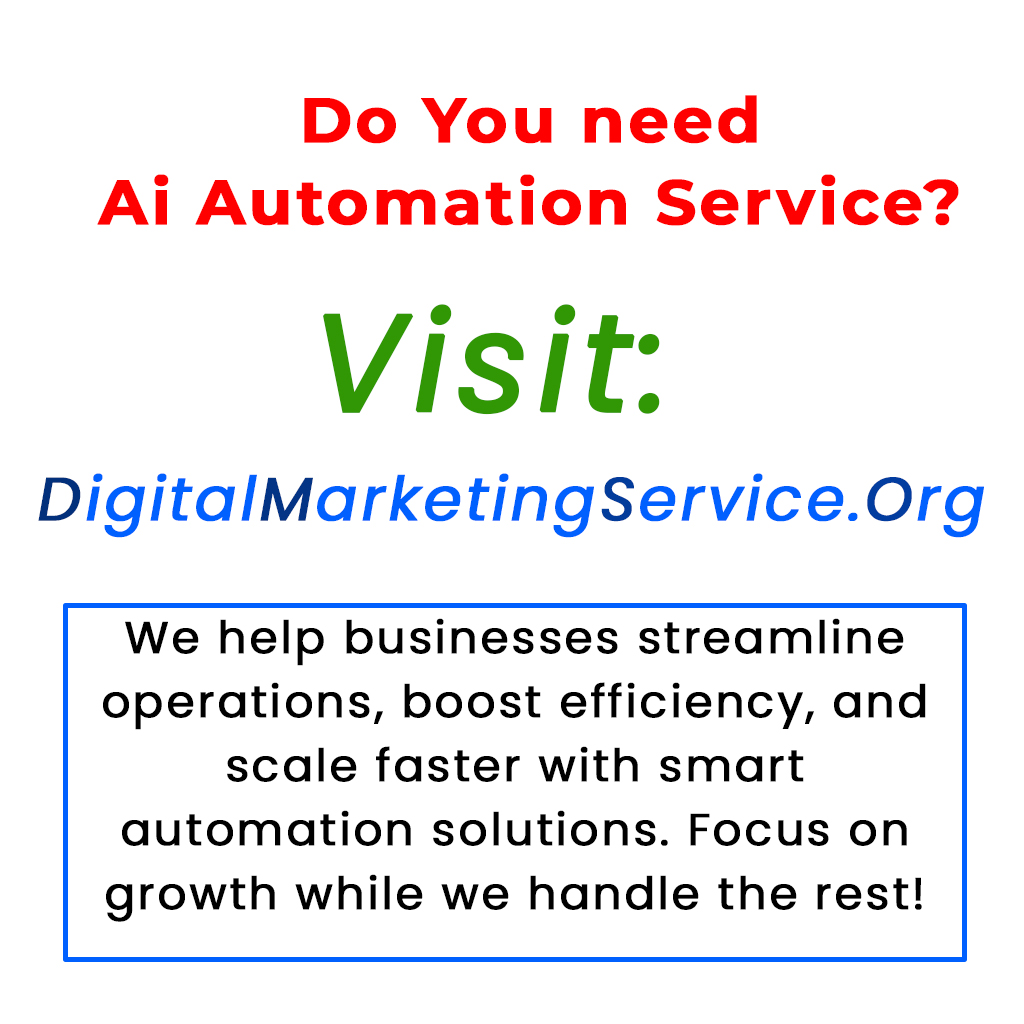Vision-language models (VLMs) combine computer vision and natural language processing to analyze both images and text simultaneously. They are crucial for applications like medical imaging and automated systems, but pose safety challenges due to potential malicious visual inputs. Current safety methods often overlook visual content, making it hard to ensure reliable outputs. Researchers from Purdue University have introduced the “Evaluating Then Aligning” (ETA) framework to improve VLM safety without needing extra data or fine-tuning. This two-phase system evaluates visual inputs pre- and post-response generation, significantly reducing unsafe outputs while maintaining model efficiency. The ETA framework effectively bridges the safety gap in VLMs, paving the way for more secure and dependable multimodal AI applications.
Vision-language models (VLMs) are a rapidly evolving area in artificial intelligence that combines computer vision and natural language processing. These models enable systems to understand and process both images and text at the same time. VLMs can significantly enhance fields such as medical imaging, automate various systems, and analyze digital content effectively. Their ability to connect visual and textual data has established them as crucial for developing multimodal intelligence.
One key challenge in advancing VLMs is ensuring the safety of generated outputs. Malicious or inappropriate information can sometimes bypass the model’s defenses, leading to harmful or insensitive content. While text-based countermeasures provide some safety, visual inputs remain vulnerable due to the continuous nature of visual data. This complicates safety evaluations, as models must assess both visuals and text concurrently.
Researchers at Purdue University have introduced a new safety framework called “Evaluating Then Aligning” (ETA) to tackle these issues. ETA is a straightforward solution that enhances VLM safety without requiring extensive data or complex fine-tuning. The framework breaks down safety evaluation into two phases: multimodal evaluation and bi-level alignment.
During the first stage, ETA checks visual inputs for safety using CLIP scores, which helps filter out potentially harmful images before any response is generated. In the second stage, a reward model assesses the safety of the textual outputs and applies alignment strategies if unsafe elements are detected. This ensures both the safety and effectiveness of the responses generated by the VLM.
The ETA framework has been rigorously tested against various benchmarks. It has successfully reduced unsafe responses by 87.5% in cross-modality attacks and significantly decreased the unsafe output rate in different datasets. Impressively, it demonstrated superior performance compared to existing methods, achieving a remarkable win-tie rate in evaluations for helpfulness while only slightly increasing the response time.
In summary, the ETA method addresses the vulnerabilities in VLMs caused by the continuous nature of visual tokens. By aligning visual and textual data, the framework ensures that both input types undergo thorough safety checks. This advancement represents a significant step forward in making VLMs safer for real-world applications, allowing researchers and developers to deploy models with greater confidence.
For more details, you can check out the linked research paper and their GitHub page.
What is the ETA framework introduced by Purdue University researchers?
The ETA framework is a two-phase system designed to improve safety in vision-language models while they are making decisions. It helps these models better understand and process information, making them more reliable.
How does the ETA framework improve safety?
ETA improves safety by breaking down the decision-making process into two steps. The first step focuses on understanding the situation, while the second step checks if the model’s conclusions make sense before acting on them. This two-step approach reduces errors and misunderstandings.
What are vision-language models?
Vision-language models are AI systems that can understand both images and text. They can analyze pictures and describe them, or they can answer questions about visual content. This technology is used in various applications, like image captioning and visual question answering.
Why is safety important in AI?
Safety is crucial in AI because these systems can influence real-life decisions. If AI makes mistakes, it can lead to serious problems, especially in fields like healthcare, self-driving cars, and security. Ensuring AI operates safely helps build trust and prevents harmful outcomes.
Who can benefit from the ETA framework?
Many people can benefit from the ETA framework, including researchers, developers, and companies that use vision-language models. By making these models safer, organizations can enhance their products and services, leading to better user experiences and greater confidence in AI systems.






